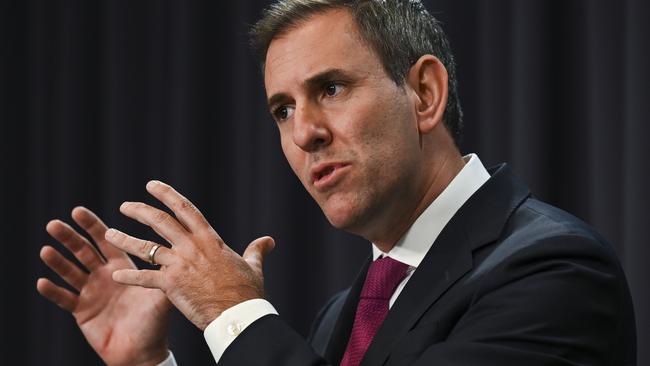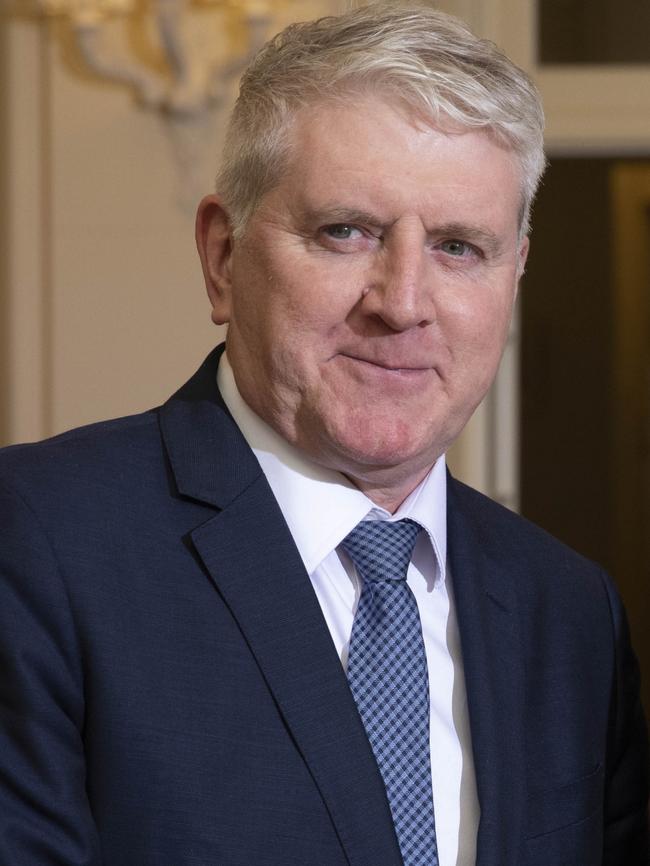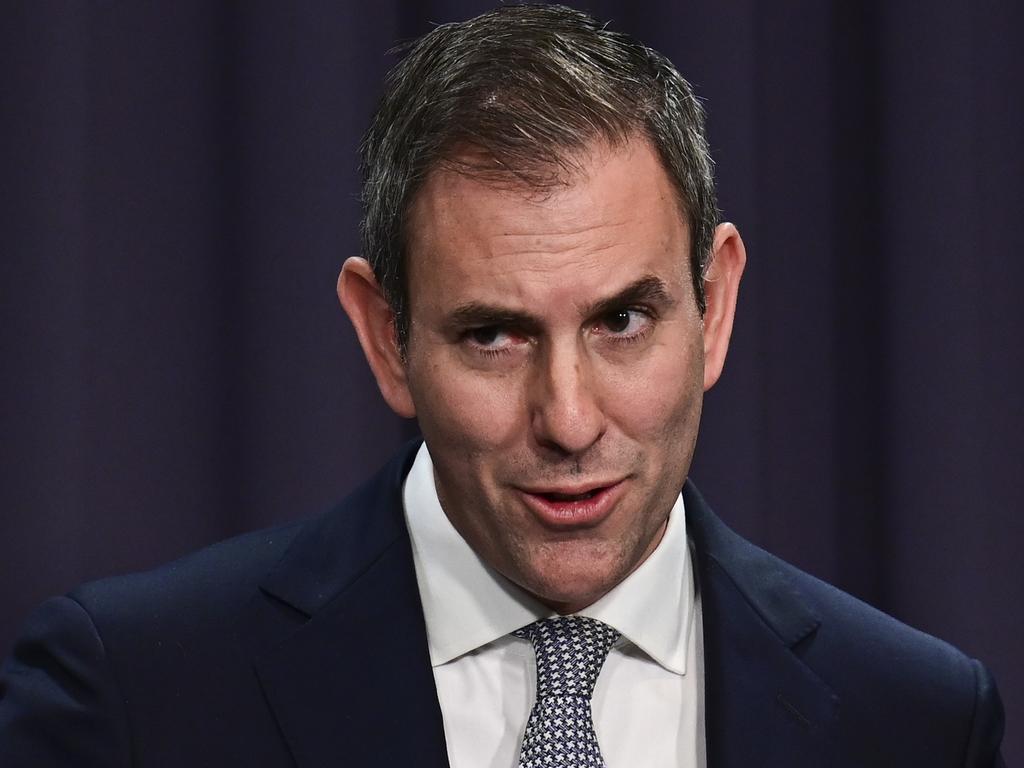More money for TAFE in Chalmers’ jobs plan
Jim Chalmers will commit an extra $40 million over the next six years to the TAFE sector while unveiling the government’s jobs blueprint.

Jim Chalmers will commit an extra $41m over the next six years to the TAFE sector while unveiling the government’s jobs blueprint, aiming to train more workers in the growth sectors of green energy, care and digitisation.
The Treasurer will on Monday hand down the employment white paper that will become the framework for the Albanese government’s jobs strategy, with Labor using the report to distance itself from the Reserve Bank’s 4.5 per cent unemployment target.
The employment roadmap will act as a guide for the government as it formulates a migration strategy, the national skills agreement and reform of the university sector. The white paper, which was informed by last year’s jobs and skills summit, will include nine new policy initiatives and 31 “broad reform directions”.
It will also recommend 70 “specific actions” already implemented by the Albanese government and another 80 the government is in the process of implementing.
Dr Chalmers said the white paper was a “whole-of-government initiative focused on how we can make Australians big beneficiaries of the shifts that will shape our economy into the future”.
“This is about Australians being masters of their own destiny and really making the most of the great opportunities we have in the defining decade ahead,” he said.
Included in the white paper is extra funding to fast-track the creation of up to six TAFE centres of excellence backed by federal, state and territory governments during negotiations for the national skills agreement.
The centres of excellence will be hubs where figures from industry, universities and government can connect with the TAFE sector to help address skill shortages in growth areas of the economy.
Skills Minister Brendan O’Connor said the government was reforming the vocational education system to ensure there were more workers in growth industries.
“As the economy continues to transform with the ageing of our population, with the transition from hydrocarbons to renewables, with the evolution of information technology to artificial intelligence, it will necessitate highly skilled workers with vocational training be complemented with cutting-edge research and knowledge,” Mr O’Connor said.

“For the workers of the future, it doesn’t necessarily have to be one or the other – TAFE or uni – it can be a combination of technical skills development and conceptual knowledge.
“We want students of all ages to be able move more easily between vocational education and higher education to develop skills, boost productivity, and meet the skills challenge that confronts the whole of the economy.”
In the May budget, the government set aside $3.7bn towards a yet-to-be finalised national skills agreement and committed $400m for an extra 300,000 fee-free TAFE places.
The government will also progress a recommendation in the white paper to establish a national skills passport, making it easier for workers to demonstrate their formal qualifications.
The Weekend Australian reported the government would use the white paper to officially distance itself from the RBA’s “technical” 4.5 per cent unemployment target, with Labor endorsing the union-backed goal of work for every Australian who wants it.
RBA governor Michele Bullock was condemned by union bosses after she said in June that “unemployment will have to rise” to 4.5 per cent in order to bring inflation back under control.
On Sunday, Dr Chalmers denied the government’s jobs goal would make it harder for the RBA to curtail inflation.
He told Sky News the government was aiming to pursue policies that could drive down the RBA’s unemployment target “over time” without impacting inflation.







To join the conversation, please log in. Don't have an account? Register
Join the conversation, you are commenting as Logout